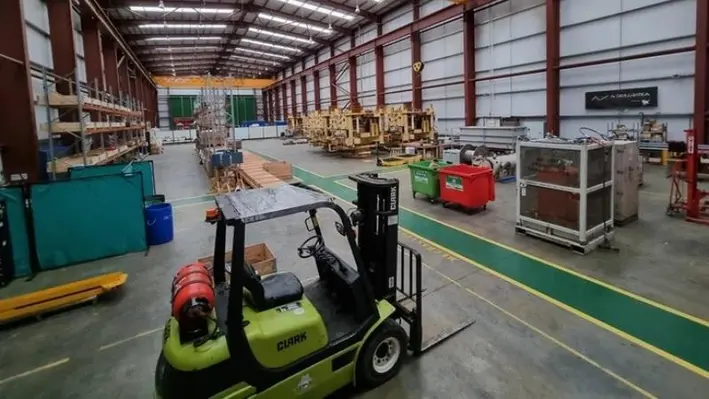

Legasea has successfully secured funding from Scottish Enterprise to develop their 'Shore to Store' service, while creating green jobs.
The project will reduce the carbon footprint of subsea decommissioning operations, by taking subsea equipment that is no longer required, and finding routes to refurbish, recertify, remanufacture and reuse, keeping as many components as possible in use, with a projected annual carbon saving of 10,000 tonnes CO2. Legasea plans to invest UK£1.3mn (US$1.7mn), during the three year project, supported by a UK£187,950 (US$247,516) grant, to be received following the creation of at least six new green jobs.
The project is the conclusion of several years of research and planning conducted by Legasea, involving engagement with a wide range of operators and service companies in the subsea sector, to develop a service which benefits the industry environmentally and economically. Since establishing the company in 2018, Legasea have also consulted with a range of government and industry stakeholders, to ensure that the service is closely aligned with decommissioning and environmental policy, and the company has been awarded a SEPA Waste Management Licence, which permits Legasea to accept range of material, defined as waste, from subsea decommissioning operations.
Legasea workshop
Lewis Sim, Managing Director at Legasea, said, “We are grateful to have received this support from Scottish Enterprise to grow our team and assist with launching the Shore to Store service for the subsea sector. The reception that we have received from across the industry, since establishing the company, has been incredible, and we look forward to continued growth whilst reducing the environmental impact of subsea decommissioning.”
Managing Director of Business Services and Advice at Scottish Enterprise, Jane Martin said, “The Green Jobs Call was established to enable companies like Legasea to create green jobs and support a sustainable Scottish economy. It is great to see this subsea specialist based in Aberdeenshire provide employment opportunities in the North-East of Scotland and highlights the vitality and talent in the area that is driving energy transition.
“Legasea’s shore to store service, with an annual forecast reduction of 10,000 tonnes of CO2 through the process of reusing and recycling components is great news for the environment and the economy. The project also highlights the innovation taking place across the energy industry to transition to a cleaner, greener economy as we drive towards net zero targets too,” Martin added.
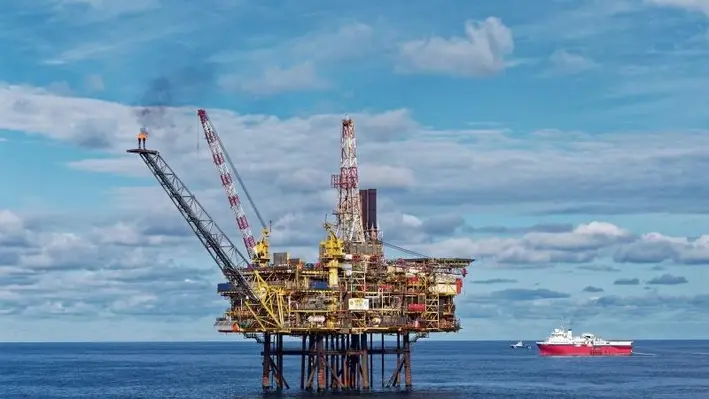

The Net Zero Technology Centre has recently announced the launch of its 2022 Open Innovation Programme aimed at developing and deploying technologies to reduce offshore emissions, accelerate clean energy production, and enable the delivery of the UK’s net-zero ambitions.
The 2022 programme will feature two funding competitions, the first of which is opening in March, 2022 and the second scheduled for October later this year.
Businesses from across the globe can apply for a share of US$9.2mn available in the first competition, with a maximum of US$1.3mn to be awarded to each successful project.
The projects, in order to secure the funding, must support the transition towards net-zero with an obligation of trialling and deploying technology within the UK continental shelf. As well as funding, the projects will also gain access to data, facilities, and technical expertise from the industry. Seven technology focus areas have been identified for the first competition:
Carbon capture, utilisation and storage (CCUS)
Hydrogen and clean fuels
Renewables and energy storage
Zero emissions power
Venting and flaring
Integrity management
Late-life and decommissioning
Digital and data architecture, smart assets and field automation will be included in the technology focus areas within the second US$3.9 funding competition due for launch in October 2022.
Myrtle Dawes, Solution Centre Director, Net Zero Technology Centre commented, “Following COP26, it is clear that we need to urgently focus on accelerating the delivery of technologies that will secure our net-zero ambitions. Our updated funding model will allow us to concentrate on specific technology gaps to develop and commercialise the innovative technologies that are currently in the prototype and demonstration phase and ultimately drive the huge leaps in clean energy innovation that will deliver our 2050 emission reduction targets.”
Scottish Government Economy Secretary Kate Forbes on the competition, “Accelerating efforts to reach net-zero is a priority for this Scottish Government, which is providing US$118mn funding to the Net Zero Technology Centre through the Aberdeen City Region Deal.”
“This funding competition will help the energy sector develop and deploy the innovative technologies required to achieve a just transition for Scotland,” she added.
UK Government Minister for Scotland Iain Stewart said, "The UK Government is investing US$118mn in the centre as part of our broader package of support for the North Sea transition, with a goal of helping the region's energy industry cut emissions by 50% by 2030. This will help bring prosperity and jobs to communities across the region by attracting investment in new facilities, skills and technologies."
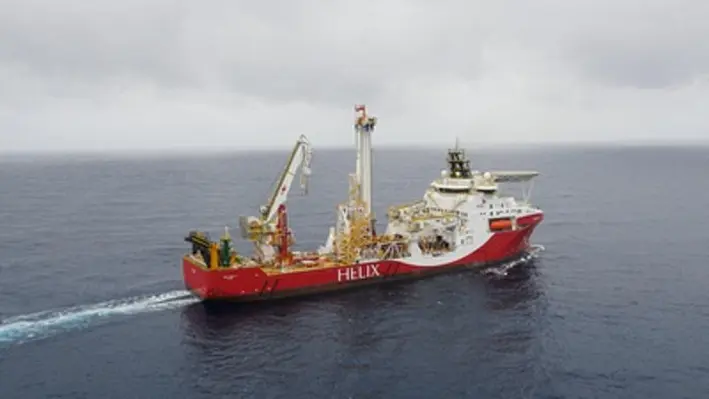

Siem Offshore and Helix Energy Solutions Group Inc, have entered into an agreement for the well intervention Vessels Siem Helix 1 and Siem Helix 2 which replace the existing contracts.
The new firm period will be three years for Siem Helix 1 and 5 years for Siem Helix 2 with subsequent options for both vessels. Commencement will be in direct continuation of present contracts within the first quarter of 2022.
The two vessels are said to be purpose designed, advanced well intervention vessels capable of completing a wide range of subsea projects such as well intervention, decommissioning, top hole drilling, subsea installation work, offshore crane and ROV operations, offshore construction work and emergency response capabilities. Both vessels have a length of 158 metres, a beam of 31 metres and an accommodation capacity for 150 people. They can operate in up to 3,000 metres of water with transit speed in excess of 15 kn.
This extension has reconfirmed Siem Offshore’s important role within the well intervention segment, and the company stated that it is very pleased to see a key client such as Helix Energy Solutions extend their professional relationship.
Total contract backlog for SIOFF is now valued at US$440mn.
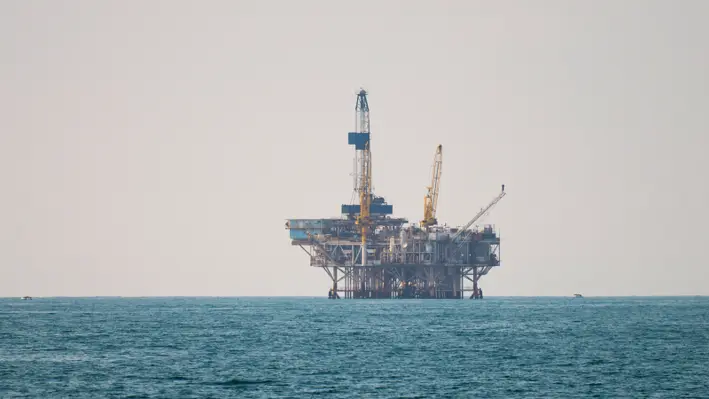

Expanded remedial direction provisions for offshore petroleum titles, referred to as trailing liability, came into effect on 2 March 2022.
These expanded the Government of Australia’s powers to call back titleholders, former titleholders, related bodies corporate, and related persons of current or former titleholders, to perform remedial work on offshore assets if required. The provisions apply to titles as they existed on or after 1 January 2021.
The strengthened provisions ensure that the risks and liabilities of petroleum activities remain the responsibility of the petroleum industry. Trailing liability is intended as an option of last resort and is expected to be used rarely. The primary obligation to decommission remains with the current titleholder.
The Government has now released the trailing liability for decommissioning of offshore petroleum property guideline which will help to understand the scope of the trailing liability provisions and provides general information on how these provisions may be applied.
Find the guide here: https://www.industry.gov.au/data-and-publications/trailing-liability-for-decommissioning-of-offshore-petroleum-property-guidelines
D&A Aus 2022
From 10-11 May, the first ever Decommissioning and Abandonment conference will be arriving in Perth, Australia to provide the offshore community with the best blueprint for the wave of decommissioning projects on the horizon. For more information, download the brochure here: https://offsnet.com/da-aus/conference-brochure
Or contact:
Erin Smith
Global Accounts & Australasia Regional Manager
Offshore Network
t: +64 289 900 118
e:
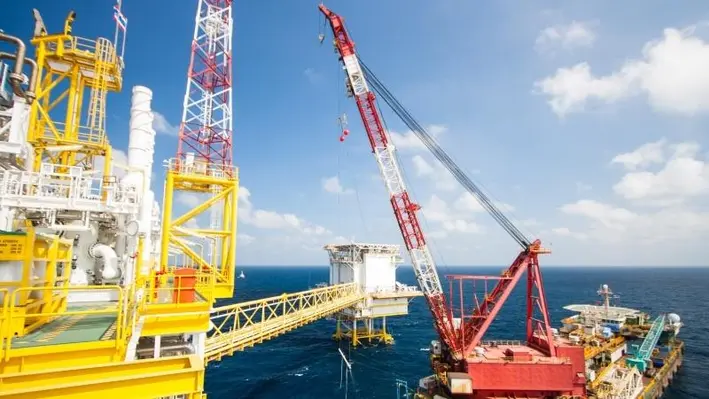
 Modern American Recycling Services, Inc. (MARS) has recently finalised the acquisition of the DP3 Diving Support Construction vessel Caballo Marango representing a substantial investment in the offshore market and further increasing the company’s footprint worldwide.
Modern American Recycling Services, Inc. (MARS) has recently finalised the acquisition of the DP3 Diving Support Construction vessel Caballo Marango representing a substantial investment in the offshore market and further increasing the company’s footprint worldwide.
The move is also said to support the continued growth of the offshore decommissioning and subsea installation industry. The vessel will be owned by MARS and operated by Shore Offshore Services, LLC.
The vessel, previously named Caballo Marango, was built at the Marco Polo Shipyard in Batam, Indonesia in 2013. MARS said that the vessel will be renamed Captain America and will maintain its Panamanian flag while following ABS guidelines. The DSCV Captain America will also be relocated to its new homeport located in Pascagoula, Mississippi, where it is scheduled to undergo the necessary service and maintenance required to get back into class by end of the year 2022.
According to MARS, Captain America will be outfitted to perform floating platform and FPSO decommissioning subsea work, small flexible flowline, cable and umbilical lay/retrieval, drilling rig equipment change, and wind farm construction. The 399-man accommodation will support decommissioning preparatory work, platform support for maintenance, field upgrades and will also be able to provide offshore support as a flotel.
The 141.7 m long vessel is equipped with a large 1500 sq m clear deck, a 480 sq m covered deck and a 100 sq m poop deck. A 1000 MT– 35000 Liebherr crane is also carried by the vessel, making it ideal for the construction of floating wind farms.
President, Dwight (Butch) Caton, Sr of MARS, USA said, “MARS is always preparing to meet the future demands of our clients and to support them in their construction and decommissioning needs. Acquiring a dive and construction vessel ensures that we are ready to serve our clients’ needs now and in the future. This investment prepares us for the increase in the market and allows us to maintain our leadership position. We are sure that Captain America will have an impressive career in the MARS fleet and it underlines our efforts to meet and exceed our customers’ requirements”.
D&A GOM 2022
At D&A GOM 2022, the offshore community is set to reunite face-to-face to discuss the challenges and opportunities marking decommissioning and abandonment in the region, listen to sessions delving into current complex situations and network to help each other optimise their strategies. To find out more, download the brochure: www.offsnet.com/da-gom/conference-brochure
Or contact:
Joseph Watson
Project Manager
Offshore Network Ltd.
t: +44 (0) 20 3409 5720
e:
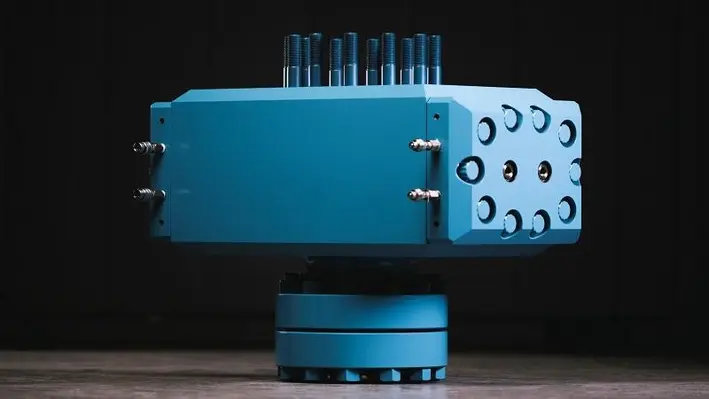

Unity, one of Europe’s largest providers of well integrity solutions, has launched a new range of compact technologies to solve common industry challenges and support Unity’s surface well integrity, shallow intervention and well decommissioning services.
For offshore operations, the new products reduce well bay space requirements, simplify and accelerate offline mobilisation and reduce person on board, cost and risk. Due to these efficiencies, the products all offer between 50-75% savings in OPEX.
The new technology range includes a compact dual-bore xmas tree isolation system, a compact valve removal tool and a compact shear-seal valve. The products complement Unity’s existing Surface Intervention System (SIS), the first product in this compact technology range. It is already delivering multi-functional operations such as inspection, plug setting, milling and xmas tree removal, at reduced cost and improved efficiency compared to wireline or coiled tubing intervention. The SIS is the most compact of its type on the market with a footprint of around 2 sq ft, requiring only two technicians to operate.
The new dual-bore xmas tree isolation system has a footprint of just 1.5 sq ft with an operating height of only 6 ft above the well cap. It can be mobilised and deployed rapidly for shallow plug setting, particularly suited to support and reduce the cost of P&A operations. It can be deployed offline without the need for traditional intervention equipment, saving around 60-75% or more per well. Time savings from rig-up to rig-down are in the order of two to three hours compared to two to three days for wireline or coiled tubing interventions and the system is quickly and easily moved between wells.
The valve removal tool is also designed for use in cramped well bays and delivers an impressive, industry leading, 1,200 ft/lbs torque with optional hydraulic operation without the associated space normally required for such operations. Its rental price is around 60% lesser than similar products.
The new compact shear-seal valve is designed to reduce the weight and geometry of intervention pressure control equipment. It utilises a hydraulically actuated ram but is 50% lighter and 30% smaller than the next closest comparable product. It is rated to cut slickline, wireline, SIS rods and coiled tubing and is modular in design, allowing dual redundant stack-up configurations. Its compact size and reduced weight improve handling and help to reduce concerns over structural integrity on late-life assets.
Gary Smart, CEO at Unity said, “Unity is engaged in long term contract work on over 1,000 wells around Europe, the Middle East and Africa. Our investment in this new compact technology range has followed on the back of significant contract wins over the last 18 months, which have highlighted several common technical challenges faced by the industry, particularly in the late-life, P&A and well decommissioning market. We are very excited to be offering such an impressive step-change in savings and technical advancement to the market.”
D&A GOM 2022
Innovative technology for decommissioning and related operations will soon be on display at D&A GOM 2022, arriving in Houston, Texas, on 18 May. At this event, the offshore community is set to reunite face-to-face to discuss the challenges and opportunities marking decommissioning and abandonment in the region, listen to sessions delving into current complex situations and network to help each other optimise their strategies. To find out more, download the brochure: www.offsnet.com/da-gom/conference-brochure
Or contact:
Joseph Watson
Project Manager
Offshore Network Ltd.
t: +44 (0) 20 3409 5720
e:
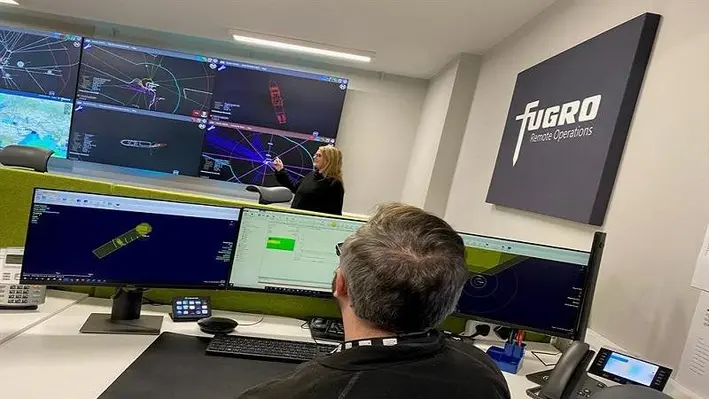

Fugro has signed a four-year agreement with Heerema Marine Contractors for survey and positioning support services onboard Heerema’s heavy lift crane vessels.
Fugro’s worldwide reach and technology offers Heerema a solid support base for their global project portfolio, ensuring optimised offshore operations that minimise environmental impact. Fugro will use their innovative vision technologies, such as QuickVision, 3Direct and InclinoCam, combined with remote services and expert teams to optimise Heerema’s offshore installation and decommissioning campaigns across Europe, the Americas, Middle East, and APAC regions.
Fugro’s survey Geo-data and positioning support will assist Heerema in identifying seabed structures and debris while providing centimetre level precision for installation projects. Real-time touchless inspection and monitoring technology offers a much safer, more efficient and sustainable solution to offshore operations.
Remote support will also enable Heerema to monitor their operations in real-time leading to faster and more informed decision-making as their projects progress.
Thijs Prins, Fugro’s Service Line Director Marine Asset Integrity, commented, “Our vision-based technologies and remote services improve staff safety, significantly reduce project complexity, accelerate turnaround times, and allow operations to be conducted in a wider weather window – critical benefits for Heerema as they complete campaigns over the next four years. We’re proud to be delivering innovative solutions that support the responsible installation, maintenance and decommissioning of offshore energy assets.”
D&A GOM 2022
At D&A GOM 2022, the offshore community is set to reunite face-to-face to discuss the challenges and opportunities marking decommissioning and abandonment in the region, listen to sessions delving into current complex situations and network to help each other optimise their strategies. To find out more, download the brochure: www.offsnet.com/da-gom/conference-brochure
Or contact:
Joseph Watson
Project Manager
Offshore Network Ltd.
t: +44 (0) 20 3409 5720
e:
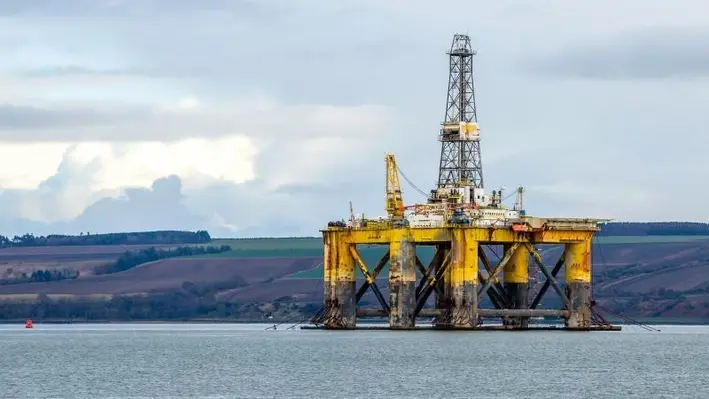

To ensure planning and management of increased levels of decommissioning activity, the Australian Government has made changes to the offshore oil and gas decommissioning framework.
These enhancements were made after extensive consultation with the public, industry and regulators. The first of a suite of measures will come into force on 2 March, 2022. The updated guidelines will assist the offshore oil and gas industry to understand and comply with the changes. The measures will strengthen and build on existing provisions in the Offshore Petroleum and Greenhouse Gas Storage Act 2006 (OPGGS Act) and regulations.
Policy, legislation and regulatory enhancements cover three themes – financial oversight, planning and management, accountability and trailing liability. Work is on to implement enhancements to the decommissioning framework over the coming years.
Changes to the legislation
The first stage of implementation included legislative amendments. The Offshore Petroleum and Greenhouse Gas Storage Amendment (Titles Administration and Other Measures) Act 2021 (Titles Administration Act) gives effect to key measures of the enhanced decommissioning framework. It also implements relevant recommendations from the independent Walker Review into the administration and liquidation of Northern Oil and Gas Australia.
The Titles Administration Act increases oversight of changes in titleholder control, expands existing trailing liability provisions, increases regulatory scrutiny of the suitability of companies operating, or looking to operate, within Australia’s offshore petroleum regulatory regime and expands information-gathering powers.
To give full effect to the changes in titleholder control and trailing liability measures, amendments were made to The Offshore Petroleum and Greenhouse Gas Storage (Regulatory Levies) Act 2003 (Levies Act) and Regulations under the OPGGS Act and the Levies Act.
Under these amendments, a person who receives a remedial direction will need to comply with the same regulatory requirements as a titleholder. This includes environmental management and safety requirements. The amendments also include changes that enable the regulator and titles administrator to recover the costs associated with administering these measures. This means anyone receiving a remedial direction or applying for a change in titleholder control will need to pay associated levies and fees.
D&A Aus 2022
From 10-11 May, the first ever Decommissioning and Abandonment conference will be arriving in Perth, Australia to provide the offshore community with the best blueprint for the wave of decommissioning projects on the horizon. For more information, download the brochure here: https://offsnet.com/da-aus/conference-brochure
Or contact:
Erin Smith
Global Accounts & Australasia Regional Manager
Offshore Network
t: +64 289 900 118
e:


Senergy Wells, a Vysus Group company, has secured 15 new contract wins in wells disciplines globally, stretching from Mexico, through Europe and Africa to southeast Asia.
The contracts, worth more than UK£5mn to the company, include a range of projects with numerous customers, including Energean, Repsol, Shell, Chevron, TAQA and Harbour Energy UK.
To support the breadth of international projects secured, Senergy Wells has embarked upon a recruitment drive to bolster its expertise across services from exploration to decommissioning.
Matt Rothnie, SVP Senergy Wells & ModuSpec, commented, “We are naturally delighted to have secured such a wide range of contracts to deliver projects across the world for a range of customers from energy independents to super majors and NOCs. It’s also encouraging that the type of work covers the complete spectrum of the asset lifecycle from wildcat exploration and front end engineering, through field development, well construction and design, and ultimate decommissioning.
“This positive start to 2022 comes as we bring back the Senergy name. Vysus Group is extremely proud of its heritage and the legacy companies which give us our unique breadth of deep domain expertise. Our experience in the well engineering, operations and project management sector originated within Senergy – and this is a name still instantly recognisable by many in our industry as a service provider and trusted partner for well operators. It’s not just what we do but importantly how we do it, how we show up for our customers. That is why we’re bringing it back.
“The calibre of projects we are supporting this year is fantastic and testament to the proven technical delivery of our team. We look forward to continuing to help our global customer base deliver efficient operations throughout 2022 and beyond.”
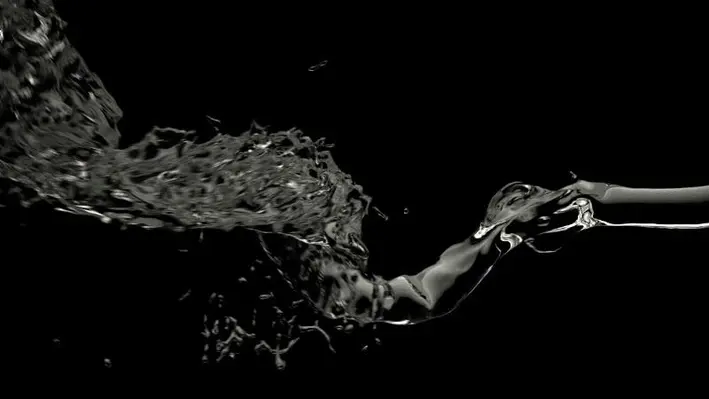

TGT Diagnostics, which deals with through-barrier diagnostics for the oilfield, has announced the launch of ‘Horizontal Flow’ diagnostics with Cascade3 technology.
This new system, specifically designed for horizontal wells, provides asset teams with more realistic flow modelling and precise continuous flow profiles in a wide variety of completion and reservoir settings, including fractured formations.
Horizontal Flow diagnostics, supported by the all-new Cascade3 flow analysis platform, is a purpose-built system incorporating the industry’s most advanced thermodynamic and hydrodynamic modelling codes to transform temperature and other well system data into continuous reservoir flow profiles. Essentially, these flow profiles reflect flow both in and out of the reservoir and thus deliver the most accurate and detailed picture of well – reservoir flow behaviour.
Mohammed Hegazi, TGT’s Chief Executive Officer, while speaking about the technology, said, “Understanding the flow dynamics in a well system is the solution for better well and reservoir performance. This is especially true for horizontal wells where fluid flow can be incredibly complex. Horizontal Flow is the most powerful flow analysis product ever created for horizontal well systems. It overcomes many of the challenges faced with conventional production logs and enables operators to maximise hydrocarbon recovery while operating in the safest, cleanest and most economical way possible.”
Ken Feather, TGT’s Chief Marketing Officer, explained that improved understanding provides a much-needed opportunity to optimise performance. “The transition towards cleaner energy and declining opportunities for new field developments means that operators are shifting investments towards recovering more from existing assets. Horizontal wells promise enormous efficiency and economic gains but are notoriously challenging to manage. Horizontal Flow with Cascade3 solves many of the diagnostic challenges faced by Reservoir and Production Engineers, providing them with the insights they need to reduce operating costs and energy consumption, and increase ultimate recovery.”
The complete and accurate downhole assessment Horizontal Flow with Cascade3 offers means that diagnostic deployments can provide a wealth of information from a single programme, thereby reducing uncertainty and avoiding the need for subsequent deployments. Yulia Fesina, Cascade project manager, said “The Cascade3 workflow can also be used to estimate or validate other key parameters that reservoir and production engineers may find extremely valuable, including reservoir pressure, permeability and skin factor. This independent verification of key parameters can help reservoir engineers to resolve uncertainties and improve history matching and dynamic reservoir models.”
Horizontal Flow diagnostics are now available to upstream operators through TGT’s comprehensive range of True Flow answer products.
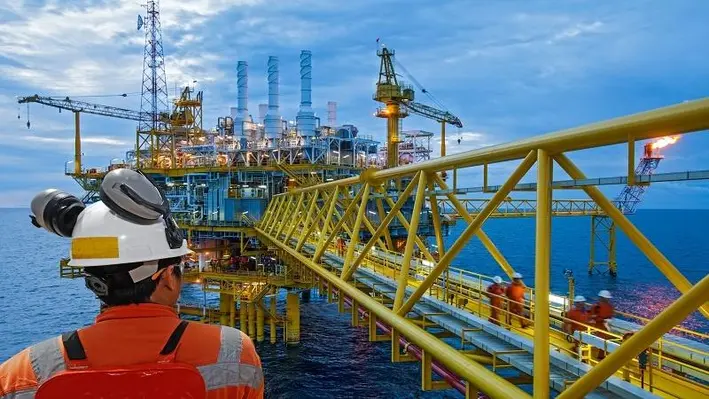

The Australian Securities & Investments Commission (ASIC) has taken note of the additional US$239mn that Woodside Petroleum Limited (Woodside) has provided for its decommissioning requirements.
In its financial report for the year ended 31 December 2021, Woodside estimated that the extra costs would primarily come from the removal for rigid plastic-coated pipelines.
ASIC continued that Woodside has also improved its disclosure of the basis to provide for future restoration costs. This includes disclosing the types of offshore and onshore infrastructure assets for which full removal has been provided; that full removal has not been provided for certain pipelines and infrastructure, parts of offshore platform substructures, and certain subsea infrastructure; and an indication of the additional costs if certain items for which full removal has not been provided for are not exempted from full removal by The National Offshore Petroleum Safety and Environmental Management Authority.
Although acknowledging the extra capital that was being observed, ASIC, as part of its financial reporting surveillance programme, also raised concerns about the offshore infrastructure assets that were not included for full removal in the restoration provision in Woodside’s financial report for the year ended 31 December 2020, and the adequacy of related disclosures. ASIC said that it is continuing its inquiries about why Woodside did not allow for the full removal of certain infrastructure assets in its financial report.
D&A Aus 2022
From 10-11 May, the first ever Decommissioning and Abandonment conference will be arriving in Perth, Australia to provide the offshore community with the best blueprint for the wave of decommissioning projects on the horizon. For more information, download the brochure here: https://offsnet.com/da-aus/conference-brochure
Or contact:
Erin Smith
Global Accounts & Australasia Regional Manager
Offshore Network
t: +64 289 900 118
e:
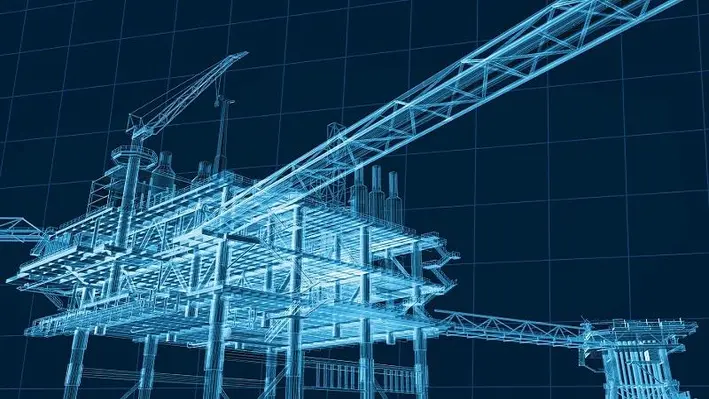

Weatherford, a leading global energy services company, and LYTT, a provider of real-time insights to energy asset operators through intelligent sensor data extraction and acoustic fingerprinting, have signed an international collaboration agreement to create a new offering helping customers revitalise and optimise their energy assets.
The collaboration will target all lines of business, industries and platforms. It will combine LYTT’s proprietary sensing insights with Weatherford’s expertise in distributed fiber-optic sensing (DFOS), deployed through Foresite, an industry leading platform.
The agreement will see LYTT’s edge-computing, analytics and data visualisation positioned with Weatherford’s optical-sensor reliability and expertise to deliver ForeSite Sense, powered by LYTT. This solution will help empower customers to confidently manage injection profiling, diagnose well-integrity issues, regulate sand production, and enhance production efficiency.
Daryn Edgar, CEO of LYTT, commented, “Our platform is growing at the pace of our customers’ challenges, which is why creating an ecosystem by linking our unique offerings and customer bases is vital. With over 1,700 installations globally, our collaboration with Weatherford will give customers the opportunity to extract additional value from both existing and planned installations worldwide.
“We are excited to work with Weatherford to help deliver additional value with previously inaccessible critical insights, helping their customers to detect what matters most instantly and continuously, revitalising energy assets.”
Girish K Saligram, President and CEO of Weatherford, added, “In today’s environment, operators seek to maximise returns and optimise production while reducing their carbon footprint. We are excited to work with LYTT and believe our combined technologies and expertise will provide operators with the necessary visibility and analysis to achieve more efficient, profitable and sustainable operations.”
Page 83 of 110